Who are Scotland’s most successful living artists?
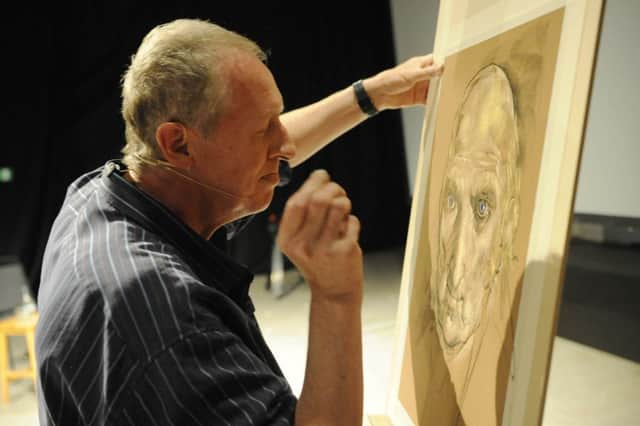

The growing demand for Scottish art was reflected in Sotheby’s decision to resurrect its dedicated annual sale this month after an absence of five years.
Work by the Colourists - Francis Cadell, Samuel Peploe, John Fergusson and George Leslie Hunter - attracted the highest bids, but more modern artworks were also subject to huge interest.
Advertisement
Hide AdAdvertisement
Hide AdPETER DOIG (Highest auction price for an individual work: Swamped, £16.6 million)
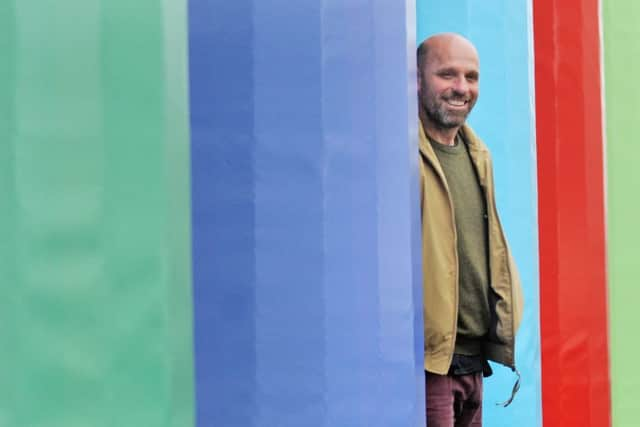

Born in Edinburgh, Doig moved with his family to Trinidad at the age of two and returned to live on the island after a long absence in 2000. A 2008 Tate retrospective sealed his reputation as one of the UK’s leading painters. The value of Doig’s works had rocketed a year earlier when White Canoe, which belonged to the dealer Charles Saatchi, was sold for £5.7 million. His paintings previously sold for as little as £8,000. Doig, who is influenced by the likes of Edward Hopper and Edvard Munch, became the most valuable living European artist in 2013 when The Architect’s House in the Ravine was sold for $12m (£7.8m). He set a new record in May when Swamped, a painting of a canoe in a moonlit lagoon, sold for £16.6m.
JACK VETTRIANO (The Singing Butler, £744,500)
The work of the self-taught painter from Methil, Fife, is famously dismissed by many art critics but still loved by the public. A career retrospective held at Kelvingrove in the winter of 2012/2013 attracted more than 130,000 paying visitors, a record for the gallery. Vettriano earns an estimated £500,000 a year from print royalties alone, with his most famous portraits reproduced on a variety of merchandise. His best known painting, The Singing Butler, was sold for £744,500 at auction in 2004.
PETER HOWSON (The Three Faces of Eve, £305,000)
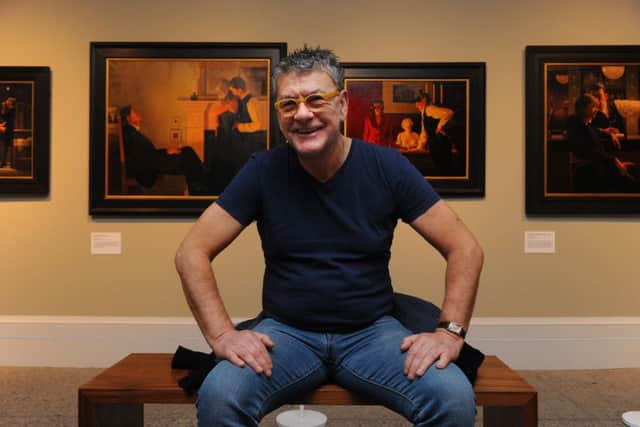

Howson was a member of the New Glasgow Boys movement which centred around a group of young figurative painters who were contemporaries at Glasgow School of Art in the 1980s. The Three Faces of Eve, a triptych, was sold by Sotheby’s for £305,000 in 2008, outstripping its guide price by three times. Schelomo sold for £27,500 at the recent Sotheby’s auction of Scottish art, the highest price for a living artist. Howson’s collectors include David Bowie, Mick Jagger and Madonna. The painter, who was diagnosed with Asperger’s in 1993, has campaigned for greater understanding of the condition. “Some of the greatest artists and musicians have appeared to suffer from this over the centuries so I wouldn’t say creativity is affected by it,” he told The Scotsman in 2008. “But it’s very hard to live with it and relate easily to other people.”
DOUGLAS GORDON (Self-portrait Of You + Me (Elizabeth Taylor/National Velvet), £81,000)
Best known for his video installations, Gordon became the first Scottish winner of the Turner prize in 1996. His diverse body of work spans narrative film, sound, photographic objects, and texts both as site-specific installations and printed media. He lives and works in Berlin and Glasgow. His Self-portrait of You + Me series takes photographs, posters and magazine clippings and reworks them into visually striking statements.
ALISON WATT (Blanche Moreau, £72,500)
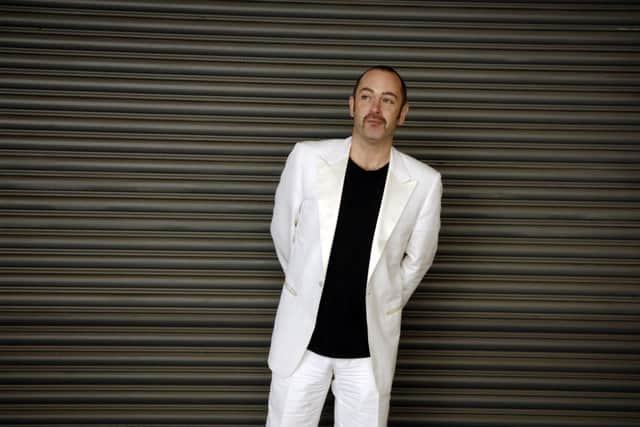

The Greenock-born painter won the National Portrait Gallery’s portrait award in 1987 while still a student at Glasgow School of Art. From 2006 to 2008 Watt was associate artist at The National Gallery in London. She lives and works in Edinburgh. Her triptych in oil, blanche moreau, sold for £72,500 at auction in 2007. At the recent Sotheby’s auction of Scottish art, her portrait of a female nude, Peaches, was unsold but was later purchased by a private buyer for a figure believed to be around £35,000.
CALLUM INNES (Exposed Painting Sheveningen Black, Red, Violet, £57,000)
Advertisement
Hide AdAdvertisement
Hide AdBorn in Edinburgh, Innes graduated from the capital’s College of Art in 1985 and has since established himself as one of the UK’s leading abstract painters. He was shortlisted for the Turner Prize in 1995, which was won by Damien Hirst. He is known for removing sections of paint from his creations with turpentine, which ask questions of visual fluency and explore variations of the process of removal.
KEN CURRIE (The First Light of the Day, £27,600)
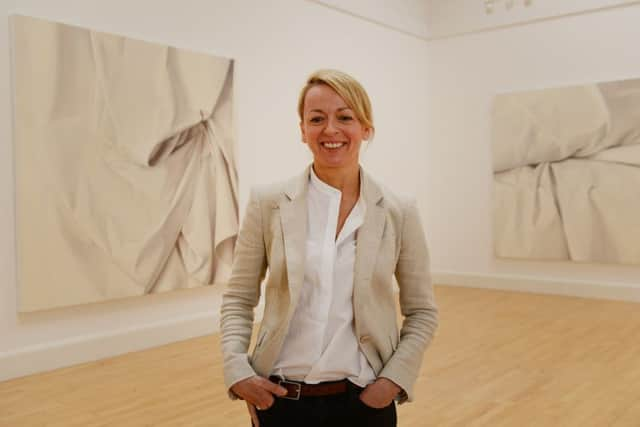

Currie, like his contemporary Peter Howson, was another of the New Glasgow Boys that so impressed artistic circles in London and New York back in the ‘80s. “Back then I could talk for ever about what I was doing. As I get older I find it increasingly difficult to talk about my work,” he told The Scotsman in 2013. Currie grew up in Barrhead and graduated from Glasgow School of Art in 1983. Like his biggest artistic influnence, Francis Bacon, he prefers not to work from life.